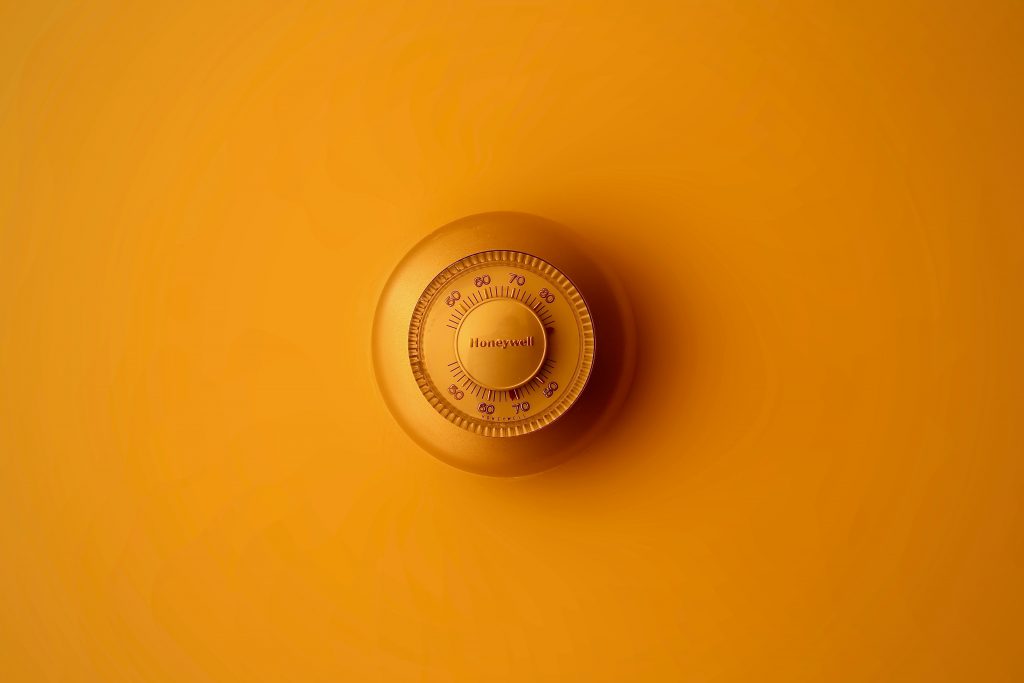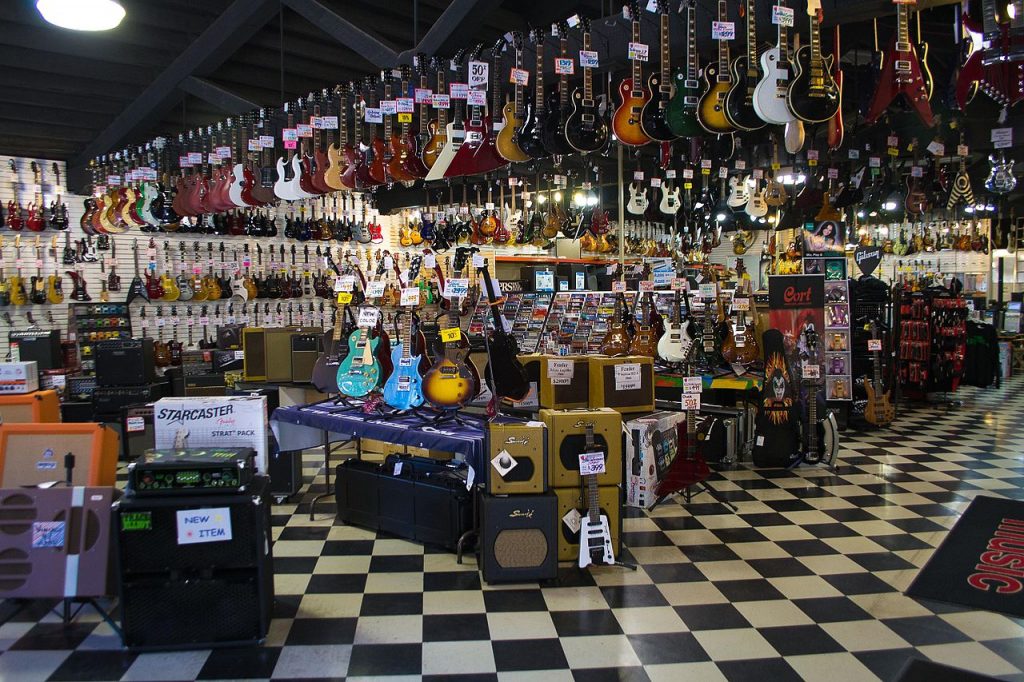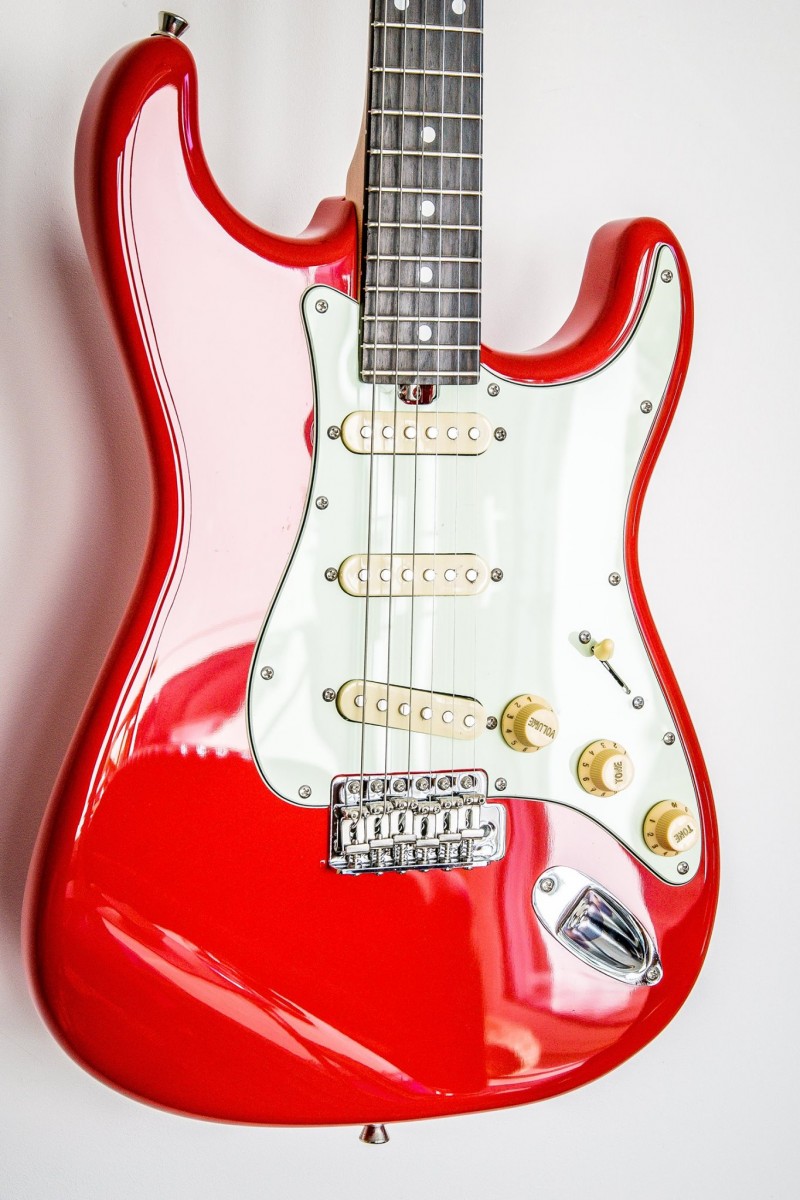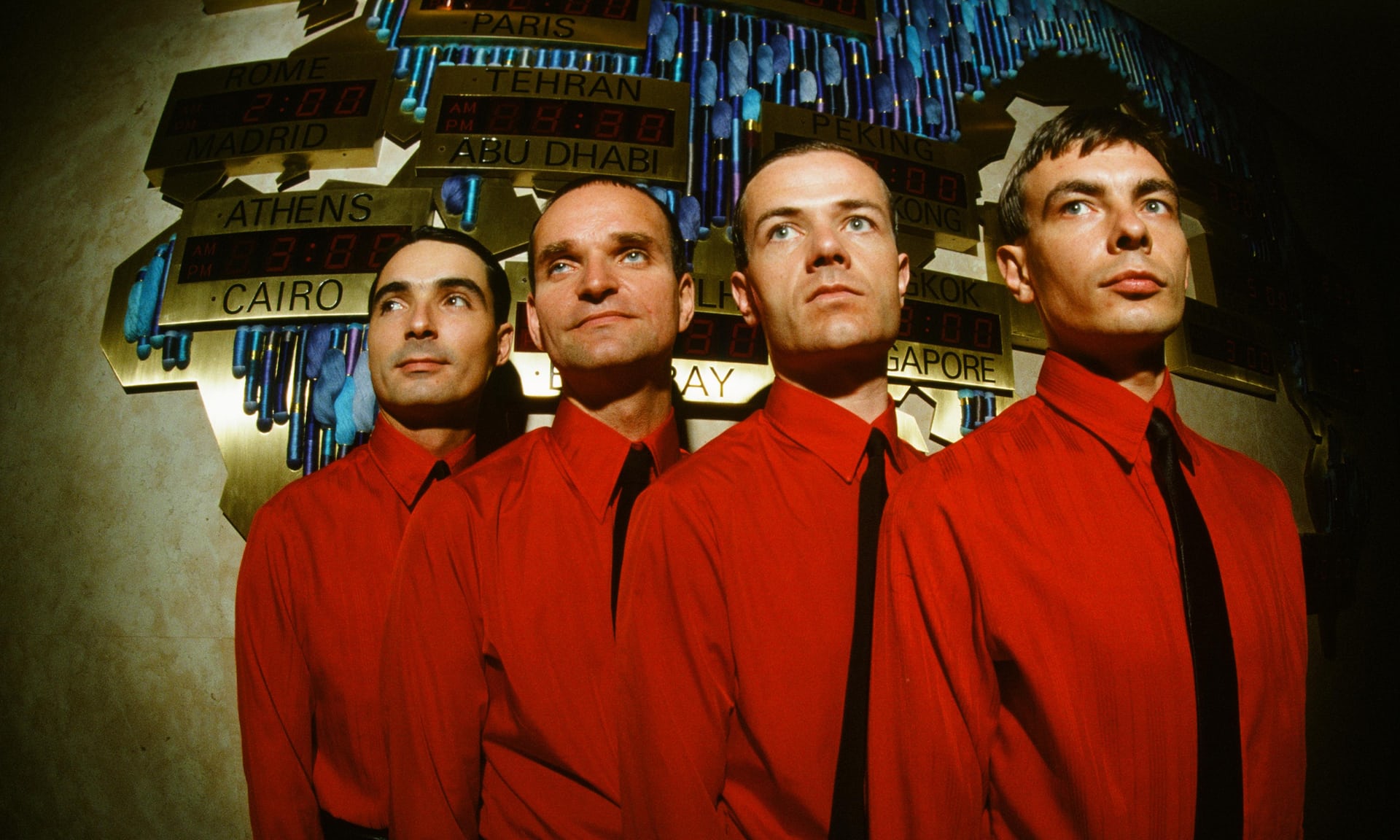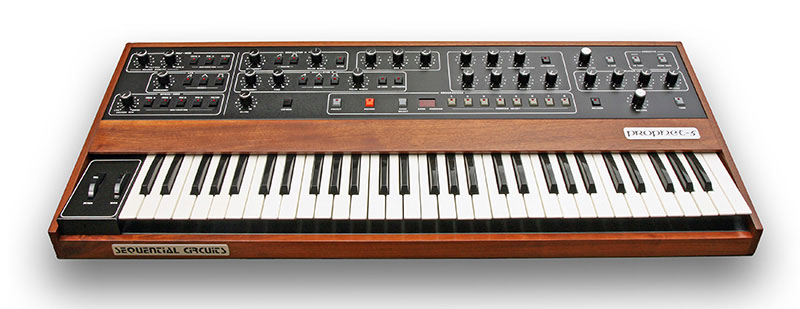
Pianists are typically dependent on the venues where they play, to provide them with an appropriate instrument. Without a team of roadies, it just isn’t practical to load a piano onto the back of a tour bus, and offload it for every concert/ gig. Other musicians may have instruments with considerably lower mass. A piccolo weighs in at about 160 g, a flute is generally less than a kilo, a trumpet just slightly more. Even a tuba has a mass of 20 kg or less. An upright piano weighs about 200 kg, and a grand piano may reach 500 kg, or more.
The pianoforte was invented by Bartolomeo Cristofori (1655 – 1731) about 1700. This early instrument is a vastly different from the one in use today, which is a distinctive product of the industrial revolution. Not only does the modern version offer a larger tonal range, its treble register is enriched by using a three string choir. Wire strings mounted onto an iron frame, precision cast to withstand the tremendous tension of these strings, also offer the opportunity to vary loudness. Accessibility to the piano was enhanced with the invention of an upright piano in 1826 by Robert Wornum (1780 – 1852).
Is the acoustic piano still fit for purpose in the 21st-century? Opinions are mixed.
Enter the keyboard. Even one that is relatively massive, such as the Yamaha MX88 with its 88 full-sized, touch-sensitive keys, weighs in with a mass of less than 15 kg. It is a lightweight and portable synthesizer, augmented with over 1 000 voices from a sound engine that can mimic strings, woodwinds, brass and even pianos! Many professional users complain that it doesn’t work well as a synthetic pipe-organ, in part because it lacks drawbars, and features a piano oriented keybed. Keybed refers to the keys of a keyboard and their underlying mechanisms.
I am imagining my mail box filling with an infinite number of virtual complaints from irritated Scandinavians for my failure to prioritize their regional favourite, the Swedish Clavia Nord. To make amends, I will not mention other Japanese brands such as Casio, Korg or Roland that make impressive keyboards, but focus all my energies for the rest of this paragraph to describe a Nord Electro 6. Yes, it weighs less than the Yamaha. Yes, it has fewer keys (73 or 61), but the keybeds are available in two flavours, hammer action for pianists, and weighted waterfall for organists. Yes, it can imitate 1960’s transistor organs, Vox Continental and Farfisa Compact. Yes, it is available in an attractive red. It also costs over twice the price (over NOK 20 000), compared to a Yamaha (less than NOK 10 000).
Stop! I’ve tried to illustrate by example, a major problem with many equipment reviews. They attempt to compare two (or sometimes even three or more) products, and are far too taken up with the specific qualities of some market leaders, rather than looking at the principles that will help a person decide what sort of product they need.
It is important to understand the intended purpose of a keyboard. There are different qualities of keyboards for different purposes. A synthesizer is a keyboard that produces sounds, without additional equipment, although some may need amplifiers and/ or speakers. A keyboard synth is especially useful for musicians interested in practising and performing. It is something that will fit in any practice room as well as any performance venue. Most use sample-based synthesis, using pre-recorded sounds. The Yamaha MX88 is an example of such an instrument. In contrast, the Nord Electro 6 is – at least in part – an analogue synth that manipulate electrical signals to create sounds. The number of keys on these instruments can vary, but with 49, 61 and 88 being three standard offerings.
For composing and recording, a music workstation is an upscale device from a synth, that can be more appropriate for recording work because it incorporates more hardware and software. It is also more difficult to use. It is essentially a computer in disguise. The most important additions involve onboard storage, such as hard disk drives or SD card slots capable of preserving multi-track recordings of performances. They typically include a touch-screen display. Connectivity to and from other devices is also important. Perhaps the most important music workstation was the Open Labs Production Station, introduced in 2003. Unfortunately, Open Labs went out of business in 2010. Many music workstations use custom operating systems built on top of the Linux kernel. Less sophisticated, but more portable models, are often referred to as arranger keyboards.
Digital pianos differ from the above instruments in that they only try to fake one instrument – an acoustic piano. Typically, they use weighted keybeds or hammer action to realistically simulate the feel of an acoustic piano. Their embedded sound clips are most often sourced from acoustic pianos, with realistic sustain and decay programmed in. Most digital pianos have 88 keys. Amplifiers and speakers may be separate, or built into console units designed for residential use.
Most modern electric organs today use sample based sound synthesis, but incorporate drawbars and modulation wheels to modify sounds.
If, at this point, I were asked which of these I would prefer, my honest answer would have to be – none of the above. My interest in a keyboard is limited to having a MIDI controller, a device that generates and transmits Musical Instrument Digital Interface (MIDI) data to other MIDI-enabled devices that will ultimately play some form of electronic music, when attached to appropriate amplifiers and speakers/ headphones.
MIDI controllers come in various of forms including drum pads and other control surfaces, samplers, sequences and other units with knobs and/ or sliders, as well as keyboards. There are even wind (read: breath) control units. This means that I want a synthesizer separate from the keyboard. Potentially, it could be inside a computer, but even here there is a need for flexibility.
Keyboard MIDI controllers vary in the numbers of keys offered (from 25 to 88) and response characteristics. They can be velocity-sensitive – where they respond to the speed at which they are pressed; varying degrees of weighting for varying degrees of piano like realism; with or without aftertouch, to assign additional parameters including vibrato or filter sweeps. The most impressive characteristic of a keyboard MIDI controller is its cost, typically from less than NOK 1 000 to 3 000.
The MIDI communication protocol avoids sounds, but encrypts parameters that specify sound characteristics so that a hardware or software instrument can decrypt them and play a sequence of sounds. In 2019-01 a new MIDI 2.0 was announced, updating MIDI with auto-configuration, new DAW/web integrations, extended resolution, increased expressiveness and tighter timing. It is backward compatible with previous versions of MIDI, preserving the interoperability of older devices.
There are two other devices that should be mentioned in conjunction with keyboards. A sequencer is a device that records MIDI data and plays it in a user-programmed sequence. It is in essence a 21st-century player piano. A sampler records live sounds digitally to produce audio clips. These clips can be manipulated in various ways. Some keyboards incorporate sequencing and or sampling capabilities, usually implemented using a combination of hardware and software.
An alternative approach to the use of a keyboard synthesizer or a music workstation, is to use a Eurorack modular synthesizer. Its format was originally specified in 1996 by Doepfer Musikelektronik. Currently, it is the dominant hardware modular synthesizer format. There are over 5000 modules available from more than 270 manufacturers.
Once the category of keyboard has been determined, it is then possible to specify the characteristics of its components. Here are some, in order of importance.
Connectivity: Keyboards can connect to computers (and other devices) physically for the transfer of data in a variety of ways. There are FireWire, MIDI, mLAN and S/PDIF and many other types of interfaces that will work. However, a guiding principle should be to avoid these and other legacy connectors, and stick to USB ports, where these are available. Analogue signals are another matter, XLR connectors, 6.35 mm (1/4″) TRS audio jacks and 3.5 mm TRS minijacks are all commonly used. 3.5 mm monojacks are also used to connect to Eurorack synthesizers. Digital audio can be combined with video using HDML connectors.
Number of keys: They vary from 25 to 88. Reasons for opting for less than 88 include space restrictions and musical genre. Personally, I am considering 61 keys, but will be making a mockup of both it, and a 49 key unit, to ensure it will fit onto the height adjustable desk that I will be using.
Keybed action: There are four main choices. Weighted, semi-weighted, hammer and synth. Weighted and semi-weighted offer varying degrees of resistance. Hammer action approaches the feel of an acoustic piano, with mechanical hammers. Synth action could be more properly called no action, because of its lack of resistance. Personally, I would want something in the middle (weighted or semi-weighted), rather than something more extreme.
Key sensitivity refers to the ability of a key to sense the force/ speed of a key and to either to create a sound or send an appropriate MIDI message.
To understand voicing, polyphony and timbrality it is necessary to look at some theory, along with recent technological history. Voice is used in two distinct ways. In the second paragraph, the Yamaha MX88 was described as having 1 000 voices. That is, 1 000 descriptions of how a sound potentially can be played involving an oscillator, amplifier and assorted filters. When the time comes to actually play a note, a specific voice will be selected. A monophonic instrument is one that can only play one note at a time. It cannot play chords. Most woodwinds and brass instruments are monophonic. During the 1960’s and 1970’s almost all synthesizers were also monophonic.
A polyphonic instrument allows many notes to be played simultaneously allowing the possibility of playing chords. A piano is an example of a polyphonic instrument. The Sequential Circuits Prophet-5, an analogue synthesizer manufactured between 1978 and 1984, was the first fully programmable polyphonic synthesizer and the first musical instrument with an embedded microprocessor. Now, most synthesizers are polyphonic, producing between 8 and 128 note polyphony.
Timbrality refers to the ability of a keyboard to play notes on different channels simultaneously. A mono-timbral instrument produces one sound on a single channel. A multi-timbral instrument can produce sounds on multiple channels. For example, one channel might imitate a piano, a second channel a guitar, a third channel a bass and a fourth channel a flute, etc.
Arpeggiator: An arpeggio is a chord whose notes are played successively, rather than simultaneously. An arpeggiator electronically creates an arpeggio when a single note is played on the keyboard.
Since I am not a musician, I cannot justify the expense of an expensive keyboard. When called onto the financial director’s carpet to justify a keyboard purchase, at some time in the future, I will have to explain why I need yet another, relatively expensive input device. Fortunately, she is used to my imaginative stories. I will try to divert attention away from the purchase price, to the cost saving of not buying a Nord Electro 6.
Here is my short list of MIDI keyboards with prices in NOK (Norwegian kroner). The quick, but not particularly precise, way to convert NOK to USD is to divide these prices by 10.
| Brand | Model | 49 keys | 61 keys |
| Samson | Carbon | 950 | 1 550 |
| M-Audio | Keystation | 1 000 | 1 450 |
| Native Instruments | Komplete Kontrol MKIII | 1 700 | 2 150 |
The MIDI keyboard will be used to input data to LMMS, an open source digital audio workstation application program on an Asus VivoMini. Output will be through a headphone connected to the computer using a 3.5 mm TRS minijack.
Note: In writing this post, I thought very often of my friend, Olaf Olafsson, former Moscrop junior secondary school (Burnaby) language teacher and resident of New Westminster, who retired to Squamish, where he became an avid keyboardist.


